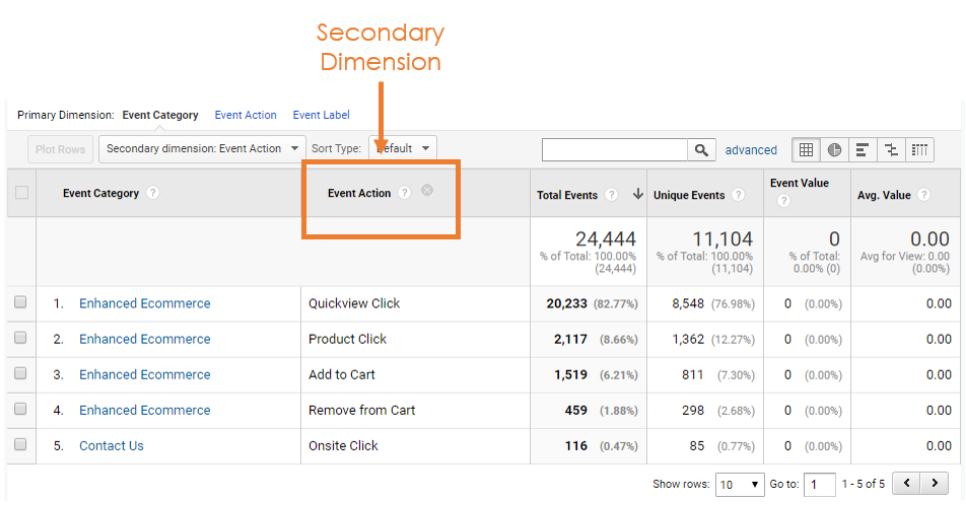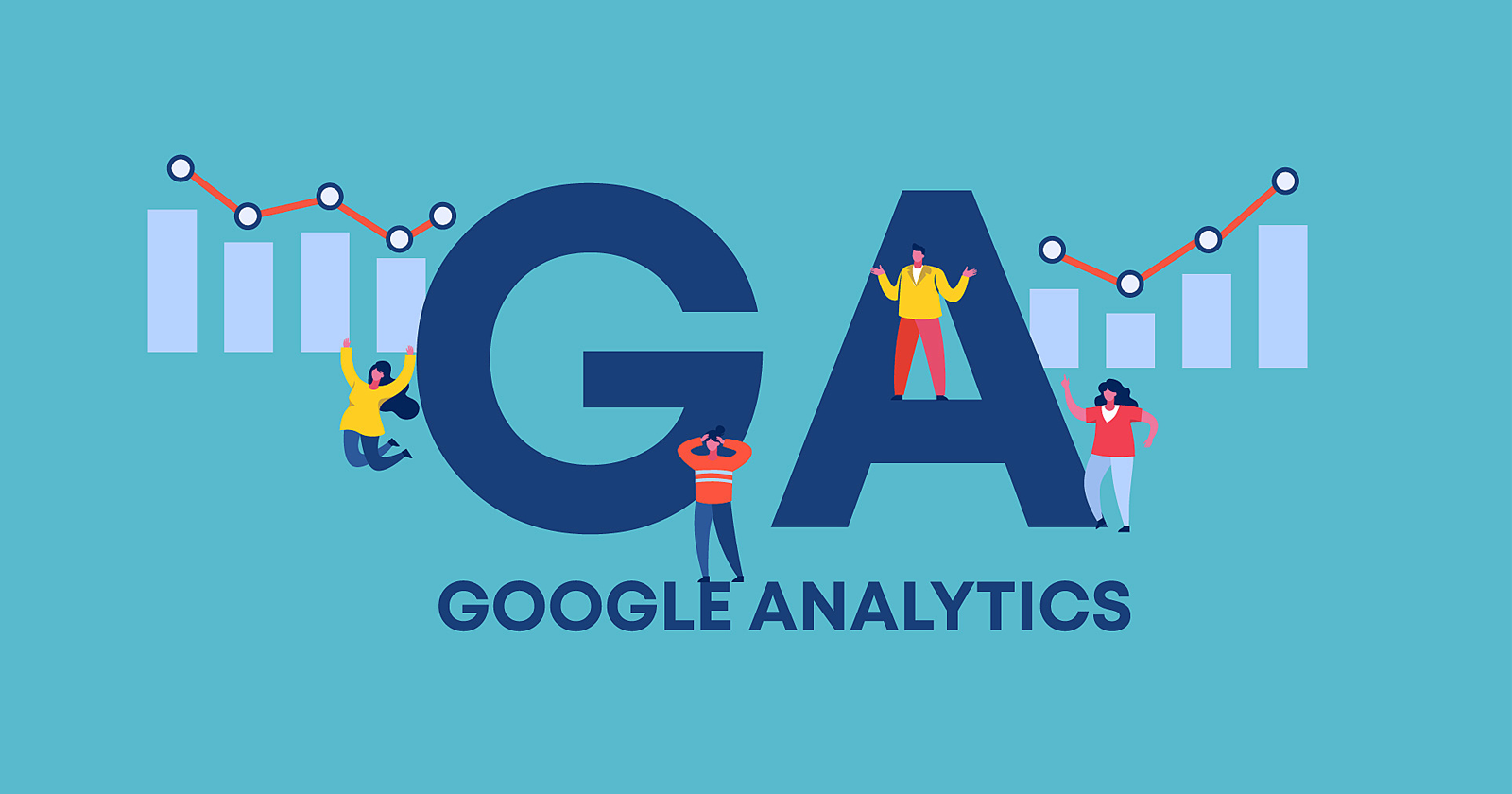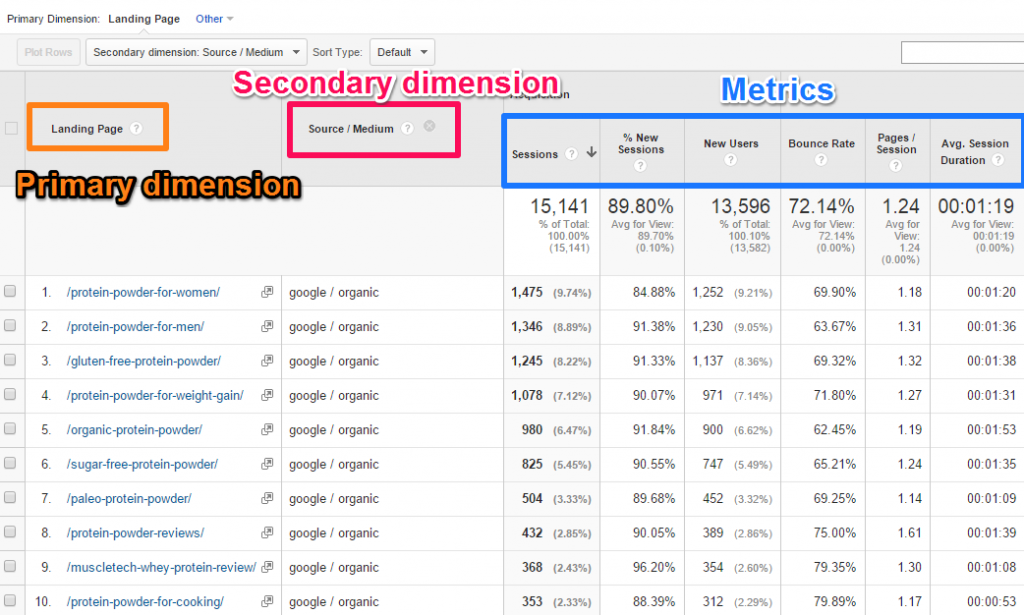What Is Secondary Dimension in Google Analytics: Discovering Its Features
What Is Secondary Dimension in Google Analytics: Discovering Its Features
Blog Article
Dive Deep Into Google Analytics: Grasping 2nd Measurement for Enhanced Search Engine Optimization Outcomes
Google Analytics serves as an effective tool that supplies beneficial insights into web site efficiency and user actions. The 2nd Measurement feature in Google Analytics uses a path to uncharted territories of data analysis, losing light on complex patterns and relationships that could be the key to unlocking boosted Search engine optimization outcomes.
Comprehending Second Dimension in Google Analytics
In the world of digital advertising and marketing analytics, comprehending the idea of the 2nd dimension in Google Analytics is crucial for unlocking much deeper understandings into individual behavior and maximizing SEO approaches. The second dimension in Google Analytics describes an additional level of information segmentation that gives a more detailed sight of customer interactions on an internet site. By using the 2nd measurement, digital marketing experts can dissect their data better, permitting a more nuanced understanding of individual actions patterns and choices.
Understanding the second dimension includes looking past standard metrics like page views or bounce rates. It includes diving right into details factors such as individual demographics, web traffic resources, or device categories to determine connections and patterns that can notify search engine optimization approaches. For example, by assessing individual habits based upon the 2nd measurement of website traffic resources, marketers can discern which channels drive the most engaged visitors to their site, enabling them to allocate sources efficiently for maximum impact.
In essence, understanding the 2nd measurement in Google Analytics gears up online marketers with the tools to tailor their SEO efforts more precisely to satisfy the evolving needs and choices of their target audience.
Analyzing User Behavior Patterns
Have you ever asked yourself exactly how examining individual behavior patterns can change your electronic advertising strategies? Recognizing exactly how customers communicate with your website is essential for optimizing its efficiency. By delving right into Google Analytics to evaluate customer habits patterns, you can discover valuable understandings that can shape your search engine optimization strategies.
One trick aspect to concentrate on is the user flow via your web site. By tracking the courses individuals extract from one page to an additional, you can identify prominent web pages, potential traffic jams, and locations for improvement (what is secondary dimension in google analytics). This info allows you to enhance the customer experience and drive conversions
Additionally, assessing individual habits patterns can assist you determine one of the most appealing material on your site. By knowing which pages are reverberating with your target market, you can tailor your search engine optimization efforts to increase visibility for similar material and bring in more visitors.

Maximizing Content Performance Metrics
Understanding user behavior patterns through Google Analytics lays a solid foundation for enhancing material efficiency metrics and refining digital advertising and marketing strategies. Metrics such as bounce rate, average session duration, and pages per session indicate user engagement degrees.
Additionally, tracking metrics like scroll depth, heatmaps, and click-through prices can give a much deeper understanding of just how customers connect with web content on a site. This data can inform content creators on the effectiveness Full Report of their layout, layout, and call-to-action placements. By continuously keeping an eye on and optimizing content efficiency metrics, marketing experts can customize their material technique to better meet the demands and choices of their target market, eventually boosting search engine optimization results and driving organization development.
Uncovering Key Phrase Insights
Evaluating keyword trends can introduce valuable insights right into customer search behavior and guide Search engine optimization approaches towards ideal efficiency. Understanding which search phrases are driving the most web traffic can assist focus on material production and optimization efforts to align with customer search intent.

In addition, monitoring keyword fads over time can disclose variations in search quantity and seasonality, enabling positive adjustments to search engine optimization approaches. By remaining in harmony with keyword insights, companies can adapt their web content techniques to remain affordable in the ever-evolving electronic landscape.
Utilizing 2nd Measurement for Conversion Tracking

For instance, by combining the 2nd dimension with conversion tracking, you can examine which website traffic sources or mediums are driving the most important conversions. This information is vital for fine-tuning your marketing techniques and alloting sources effectively. Additionally, you can check out just how user demographics, tools, or geographic areas affect conversion prices, allowing you to customize your campaigns to better reverberate with your target audience.
Essentially, leveraging the second measurement for conversion monitoring in Google Analytics encourages you to optimize your internet site and advertising efforts based on concrete information, ultimately driving higher conversion prices and optimizing your ROI.
Conclusion
In conclusion, understanding the use of the second dimension in Google Analytics can offer beneficial insights into user actions patterns, material efficiency metrics, keyword understandings, and conversion tracking. By delving deeper right into the data and evaluating the different dimensions readily available, search engine optimization professionals can make educated choices to enhance their methods and enhance total site performance. It is crucial to constantly explore and make use of Extra resources the 2nd dimension to enhance search engine optimization outcomes and drive business success.
In the realm of electronic advertising and marketing analytics, grasping the concept of the second dimension in Google Analytics is essential for unlocking much deeper insights right into individual behavior and optimizing Search engine optimization techniques. The 2nd measurement in Google Analytics refers to an extra degree of information segmentation that gives a much more comprehensive view of customer interactions on an internet site. By evaluating user actions based on the 2nd dimension of traffic sources, marketing experts can recognize which networks drive the most engaged visitors to their site, enabling them to designate sources properly for optimal effect.
When aiming to maximize conversion tracking in Google Analytics, integrating the second measurement function can dramatically improve the deepness of information analysis and supply beneficial insights right into individual interactions.In final thought, grasping the usage of the 2nd measurement in Google Analytics can give valuable understandings right into customer habits patterns, content performance metrics, keyword understandings, and conversion tracking.
Report this page